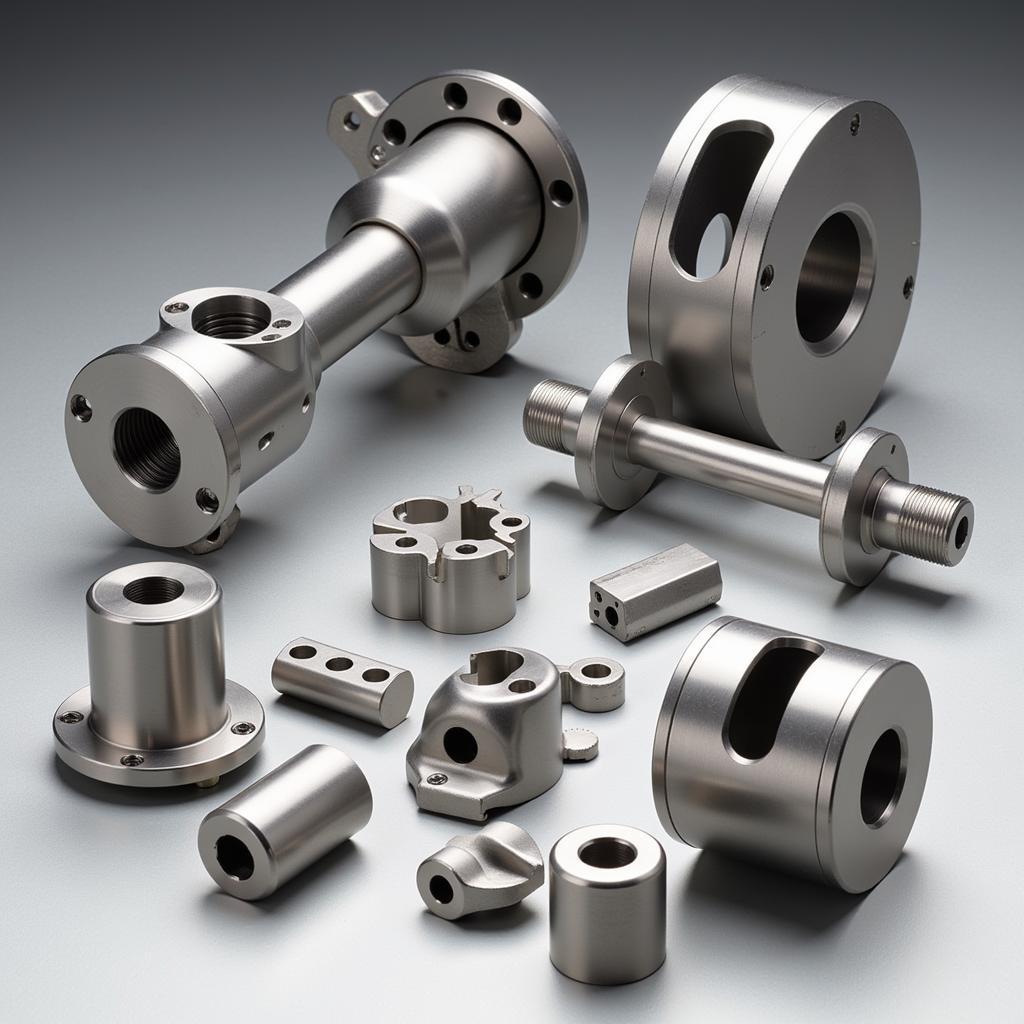A faulty stabilizer bar can significantly impact your car’s handling and safety. This guide provides a detailed walkthrough on Fixing A Car Stabilizer Bar, covering everything from diagnosis to replacement. Whether you’re a seasoned mechanic or a DIY enthusiast, this guide will equip you with the knowledge to tackle this common car problem.
Understanding the Stabilizer Bar and its Function
The stabilizer bar, also known as the sway bar or anti-roll bar, is a crucial component of your car’s suspension system. Its primary function is to reduce body roll during cornering and maneuvering, keeping your vehicle stable and planted. It connects the left and right sides of the suspension, distributing force evenly to minimize tilting and improve overall handling. A malfunctioning stabilizer bar can lead to a noticeable decrease in stability, making your car feel less secure, especially when turning.
 Car Stabilizer Bar Diagram
Car Stabilizer Bar Diagram
Diagnosing Stabilizer Bar Problems
Identifying a problematic stabilizer bar often begins with recognizing specific symptoms. Common signs include excessive body lean during turns, clunking or rattling noises coming from the front or rear suspension, especially when driving over bumps or uneven surfaces, and uneven tire wear. You can also perform a physical inspection by checking the stabilizer bar links and bushings for signs of wear and tear, such as cracks, looseness, or damage.
What are the common symptoms of a bad stabilizer bar? Excessive body roll, clunking noises, and uneven tire wear are key indicators.
Similar to how to fix suspension in car, addressing stabilizer bar issues promptly is essential for maintaining safe and optimal driving conditions.
How to Fix a Car Stabilizer Bar: Step-by-Step Guide
Fixing a car stabilizer bar usually involves replacing either the stabilizer bar links or the bushings, which are the most common points of failure. Here’s a detailed step-by-step guide:
- Gather your tools: You’ll need wrenches, sockets, a jack, jack stands, and possibly a torque wrench.
- Secure the vehicle: Lift the car using a jack and secure it with jack stands.
- Locate the stabilizer bar links and bushings: They are typically located near the lower control arms.
- Remove the old components: Disconnect the stabilizer bar links from the control arms and the stabilizer bar. Remove the old bushings.
- Install the new components: Install the new bushings and stabilizer bar links.
- Torque everything to specification: Use a torque wrench to tighten all bolts to the manufacturer’s recommended torque settings.
- Lower the vehicle: Carefully lower the car back to the ground.
Addressing a stabilizer bar issue can sometimes be similar to an old gas in car fix in terms of its impact on performance, although the underlying mechanical issues are distinct.
Choosing the Right Parts
Selecting the correct replacement parts is crucial for ensuring proper function and longevity. Consult your vehicle’s owner’s manual or a reputable parts supplier to find the right stabilizer bar links and bushings for your specific car make and model. Opting for high-quality parts can prevent premature wear and tear.
Why should I use high-quality parts? High-quality parts ensure durability and optimal performance, preventing future issues.
 New Stabilizer Bar Components
New Stabilizer Bar Components
When to Seek Professional Help
While replacing stabilizer bar links and bushings is a relatively straightforward task, certain situations may require professional assistance. If you encounter difficulties during the repair process, or if the stabilizer bar itself is damaged, it’s best to consult a qualified mechanic.
David Miller, a certified automotive technician with over 20 years of experience, emphasizes, “While DIY repairs can be cost-effective, addressing complex suspension issues often necessitates professional expertise to ensure proper diagnosis and repair.”
Conclusion
Fixing a car stabilizer bar is an essential maintenance task that can significantly improve your vehicle’s handling and safety. By following the steps outlined in this guide, you can confidently tackle this common car repair. Remember, a properly functioning stabilizer bar is vital for maintaining stability and control on the road. Contact us at AutoTipPro for further assistance at +1 (641) 206-8880 or visit our office at 500 N St Mary’s St, San Antonio, TX 78205, United States.
Sarah Johnson, an automotive engineer with extensive experience in vehicle dynamics, adds, “Maintaining your stabilizer bar in good working condition ensures optimal performance and safety, especially during critical driving maneuvers.”
FAQ
- How often should I check my stabilizer bar? It’s a good practice to inspect your stabilizer bar links and bushings during regular maintenance checks or if you notice any handling issues.
- Can I drive with a bad stabilizer bar? While technically possible, driving with a faulty stabilizer bar can compromise your car’s handling and safety, especially during turns.
- How much does it cost to fix a stabilizer bar? The cost varies depending on the parts and labor involved, but it is generally a relatively affordable repair.
- What tools do I need to fix a stabilizer bar? Common tools include wrenches, sockets, a jack, and jack stands.
- How long does it take to fix a stabilizer bar? The repair process usually takes a few hours.
- What are the signs of a bad stabilizer bar link? Common signs include clunking noises and excessive body roll.
- Can I replace just one stabilizer bar link? While possible, it’s recommended to replace both links at the same time for even wear and performance.





Leave a Reply